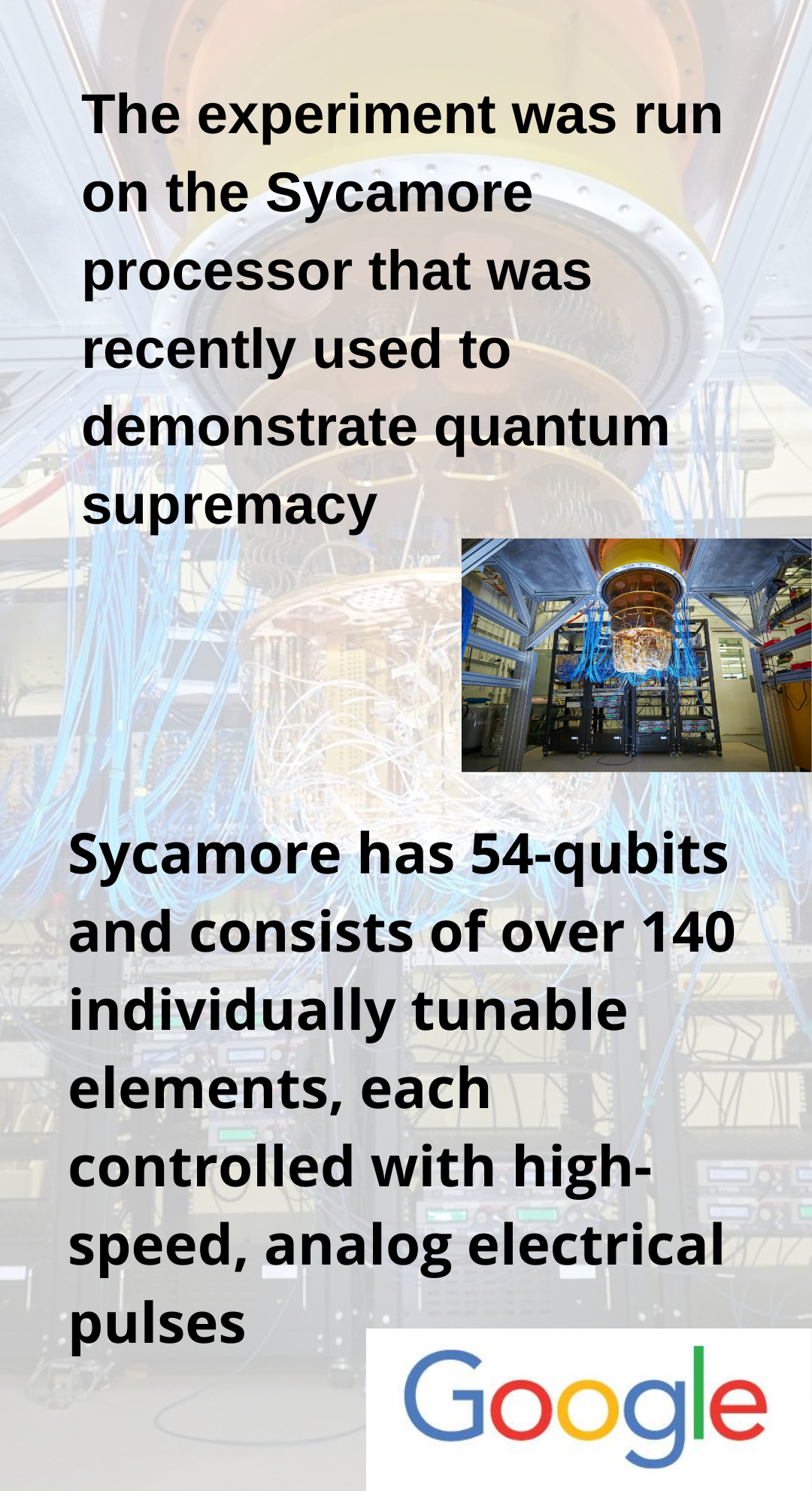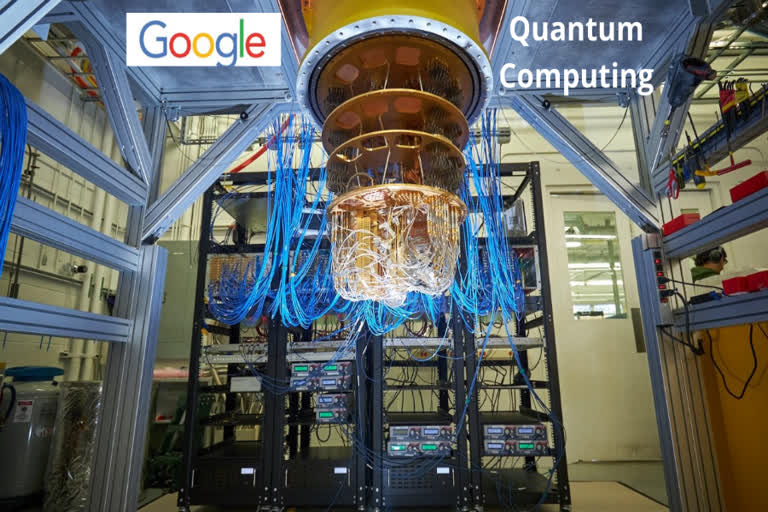New Delhi: The Google AI Quantum team used a noise-robust variational quantum eigensolver (VQE) to directly simulate a chemical mechanism via a quantum algorithm.
Though the calculation focused on the "Hartree-Fock" approximation of a real chemical system, it was twice as large as previous chemistry calculations on a quantum computer and contained 10 times as many quantum gate operations.
In computational physics and chemistry, the 'Hartree-Fock' is a method of approximation for the determination of the wave function and the energy of a quantum many-body system in a stationary state.
"Importantly, we validate that algorithms being developed for currently available quantum computers can achieve the precision required for experimental predictions, revealing pathways towards realistic simulations of quantum chemical systems," the Google team wrote in a paper that appeared in the journal Science.

Alphabet and Google CEO Sundar Pichai tweeted: "Proud to share @GoogleAI team's recent advances in quantum chemistry: the largest quantum computation of chemistry to date & the first time a quantum computer has been used to model a chemical reaction pathway".
According to the researchers, unfortunately, the exact solution of quantum chemical equations for all but the smallest systems remains out of reach for modern classical computers, due to the exponential scaling in the number and statistics of quantum variables.
"However, by using a quantum computer, which by its very nature takes advantage of unique quantum mechanical properties to handle calculations intractable to its classical counterpart, simulations of complex chemical processes can be achieved," they stressed.
While today's quantum computers are powerful enough for a clear computational advantage at some tasks, it is an open question whether such devices can be used to accelerate current quantum chemistry simulation techniques.
Furthermore, the team has released the code for the experiment, which uses "OpenFermion", Google's open-source repository for quantum computations of chemistry.
"We hope that this experiment serves as a blueprint for how to run chemistry calculations on quantum processors, and as a jumping-off point on the path to physical simulation advantage," they wrote.
Also Read: Wireless device makes clean fuel from sunlight, CO2 and water
(Inputs from IANS)



